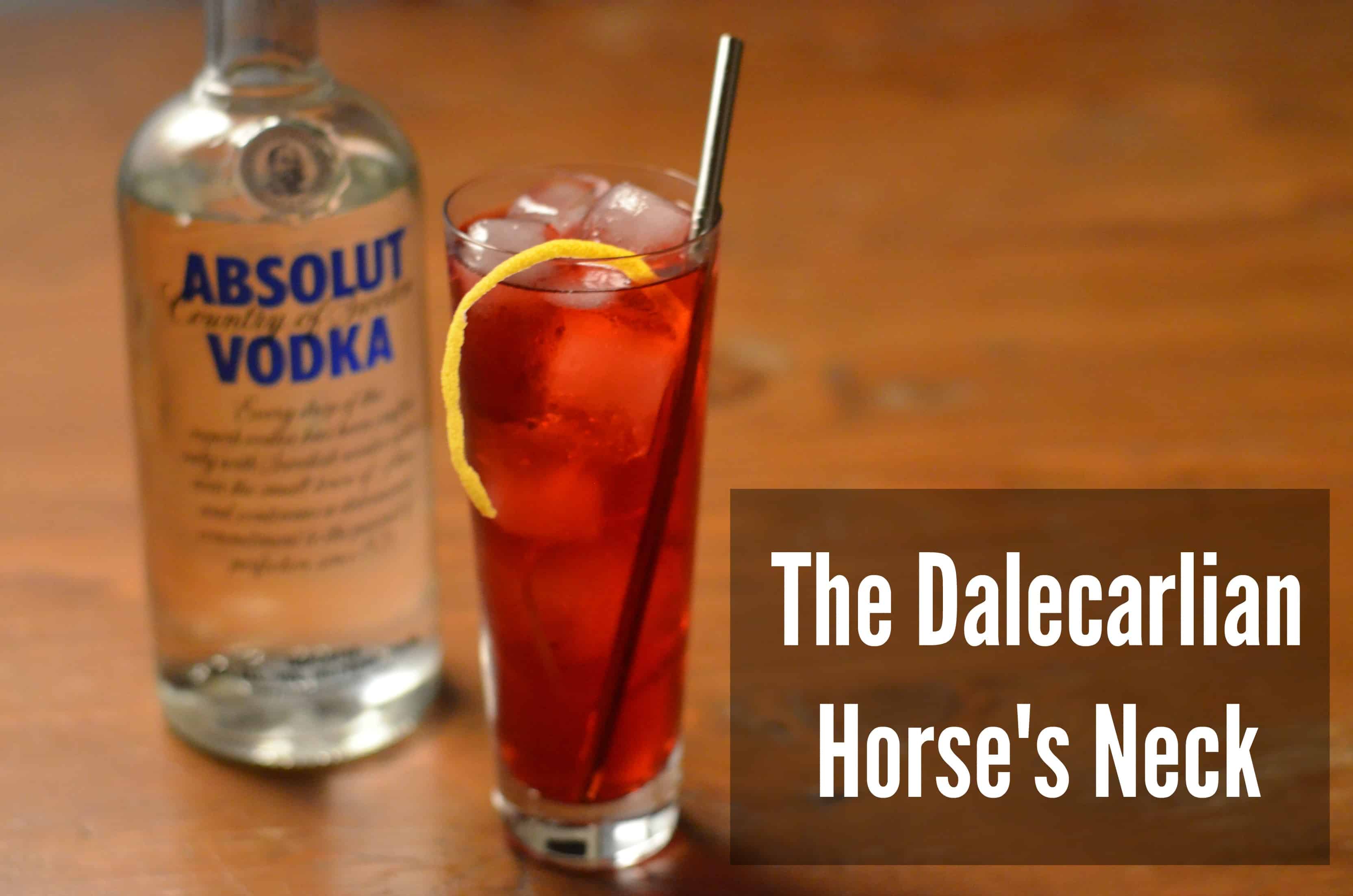It never fails, if people know that you like to create drinks, they will eventually ask you to create drinks for special occasions, social gatherings and just about every major sporting event. In the case of the bartender, you will be asked to create specialty drinks for weddings, restaurant menus or any other number of reasons. Finding inspiration can be difficult, but here are a few suggestions to get the creative juices flowing.
I will be focusing on creating a cocktail featuring a particular brand. In this case we will be focusing on creating a cocktail using Absolut Vodka. Many of the suggestions will also work with many of the other scenarios mentioned before.

Research
- Get to know the history of the brand, where it’s produced, what it’s made out of, the more information, the better.
- When you are doing your research, keep an eye out for creative names you can use in the cocktail.
- Also keep an eye out for flavors that might compliment the spirit.
- Last thing is to look for inspiration for garnishes as well
What I learned About Absolut:
These are some of the details I learned about Absolut Vodka when I went I conducted my research.
- The brand was launched in 1979, but vodka was being produced under the Absolut Rent Brännvin name since 1879by Lars Olsson Smith. Lars was the man responsible for introducing the continuous column distillation and reduced the amount of fusel oils found in distilled spirits. If you have seen the seal on the bottles of Absolut, the man in the seal is Lars Olsson Smith.
- The Absolut distillery has been practicing “Green” distilling techniques and focused on using local and renewable ingredients well before it was fashionable. All of the material used to make the regular vodka is sourced from Sweden.
- Absolut is a big supporter of the arts and if you’ve seen some of their special edition bottlings, you can see that they are fans of big, bold colors. This is something that I will try to keep in mind when I am designing this cocktail.
- Absolut makes 600,000 liters of spirit a day and produces a very clean product at the end of production. There is no charcoal filtration at the end for purification. Cellulose filtration is used, but only to capture any small particles that may have made it through the distillation process.
The Swedish Culture:
Next I will usually look for things the local area is famous for. There are already a few things that come to mind:
Ikea
Saab
Volvo
ABBA
Ace of Base
To be honest, I don’t know enough about music, and as much as I Iove modular furniture with complicated assembly instructions, I normally don’t get excited to use it as a starting point for cocktail creation. (Usually I WILL need a drink after trying to assemble some of that furniture though….)
There is another thing that is famous in Sweden and that is a small hand carved wooden horse called a Dalecarlian Horse, or Dala Horse. The horse is said to have originated as early as the 1700’s as a way for woodworkers to stay busy during the cold winter months.
The “Dala Horse” sounds like a great starting point for a cocktail.
Formulating the Cocktail
I happen to know there is a cocktail called The Horse’s Neck, which I can adapt to feature Absolut while keeping the “Horse” element as a play on words. With a little tweaking of the recipe, we’ll have a fun cocktail that has a great story to tell.
The Original Horse’s Neck:
1 part Bourbon or Rye
4 parts of Ginger Ale
Garnish with a large lemon peel
The Original Horse’s Neck:
1 part Bourbon or Rye
4 parts of Ginger Ale
Garnish with a large lemon peel
The Dalecarlian Horse’s Neck
1 part Absolut Vodka
4 parts Hibiscus and Cinnamon Soda *
Garnish with a large lemon peel draped over the edge of the glass
To make the Hibiscus and Cinnamon Soda, lightly boil 2 cups of water with 7 dried hibiscus flowers and a quarter of a cinnamon stick for 10 minutes. Turn off the heat and add .50 cup of sugar and stir until the sugar is dissolved. Strain the mixture and reserve the liquid, discarding the solids. Allow the hibiscus and cinnamon mixture to chill in the fridge for a few hours and then carbonate in either a Soda Stream, a DIY Carbonating System or an iSi Charger
What to Expect the Day of the Test
The event is scheduled for 8 hours, but only a small portion of that time will be spent actually testing. They have broken the day into a little bit of education in the morning, a 30 minute break for lunch. The testing occurs after lunch and it is broken into 2 parts. The first part is a 100 question multiple answer format test in which you have to score above a 65% to pass. There are about 10-15 questions focused on blind tasting 3 spirits.
After the written portion of the test you will need to sign up for the live bartending test. For this test you will have 9 minutes to make 3 classic cocktails from the list of 25 classic cocktails that they provide in the reading material. You will be evaluated not only on using the correct recipe and proportions, but also technique. The fun part is one you don’t know which cocktails you will be asked to make, and you have no idea who your judge is going to be. My judge happened to be David Wondrich, and he was sitting only a few feet away from me carefully watching each measurement.

A few of these Dalecarlian Horse’s Neck will be sure to keep you warm during the winter, whether or not you spend it carving wooden horses!
I hope these suggestions help you to find inspiration for creating your next signature cocktail. I know that everyone creates drinks differently, but I love weaving a story in with cocktails and playing upon the key history, messaging and local lore for spirits brands.




Others cocktails for winters that we can design with different flavors of Absolut Vodka ??